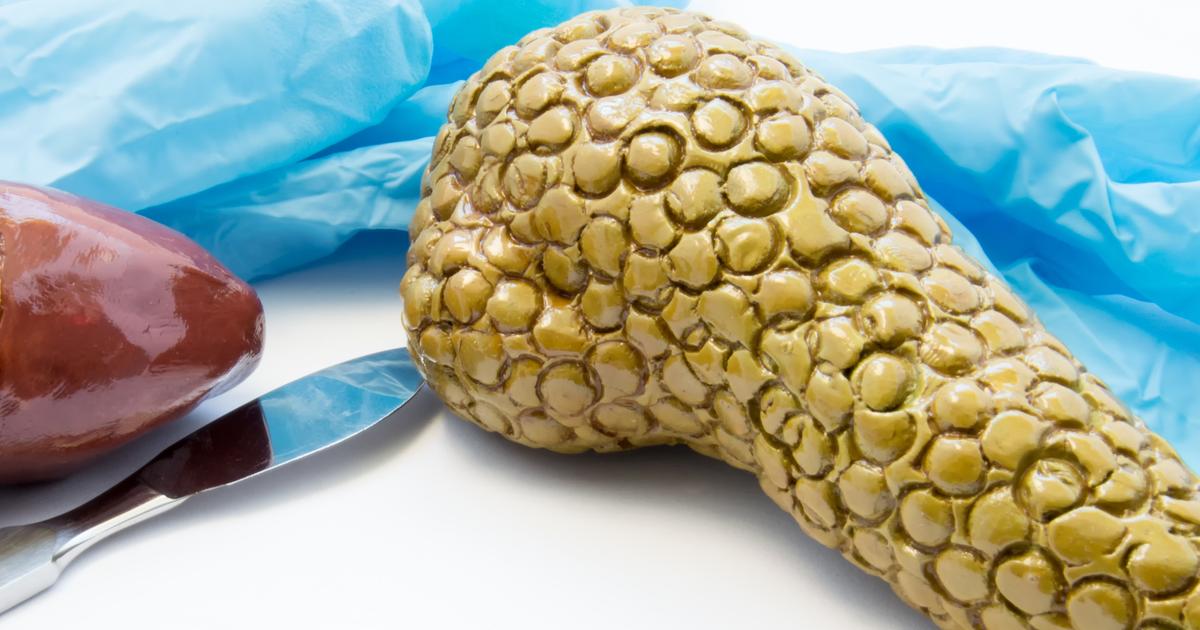What To Expect From A Pancreas Transplant
A pancreas transplant is a surgical procedure to normalize an individual's blood glucose by removing diseased pancreatic tissue and replacing it with pancreatic tissue from a donor. A pancreas transplant is not a common surgical procedure and is only utilized in cases where other methods of treatment have been ineffective, and it is a last resort. Most pancreas transplants are performed on patients who have uncontrollable type 1 diabetes, but they also may be done on those with type 2 diabetes and some forms of cancer.
The donor pancreas tissue typically comes from an individual who is alive physically but has been declared brain-dead. The pancreatic tissue that is transplanted has to match certain criteria to ensure it is immunologically compatible with the recipient's body. Just like any other organ transplant, there is a risk the patient's body will reject the transplanted pancreatic tissue.
Why It's Done

A pancreatic transplant is a procedure performed to restore function to an individual's pancreas. In rare cases, pancreatic transplants are performed on patients who have had to have their entire pancreas and possibly other organs removed due to a malignancy. However, most individuals who are candidates for a pancreas transplant procedure have type 1 diabetes that has caused numerous complications that affect several other organs and organ systems in the body. These complications usually include kidney damage, eye problems, and nerve damage.
Individuals who have a pancreas transplant tend to have diabetes that cannot be controlled even with the most diligent attempts at medical treatment. Pancreas transplants are most common among diabetes patients who have developed atherosclerosis or heart disease as a result of their diabetes. A pancreas transplant makes it possible for a diabetes patient to be able to live without taking daily insulin injections. A transplanted pancreas also allows the patient to consume a normal diet and reduces their future risk of kidney, nerve, and cardiovascular damage.
Types Of Transplants

Some individuals who have experienced complications from diabetes that involve damage to their kidneys may need to have what is called a simultaneous pancreas and kidney transplant or a surgical procedure where the pancreatic tissues and a kidney are replaced at the same time. When a patient who needs a pancreas transplant progresses into end-stage renal disease, a pancreas after kidney transplant may be needed. In such cases, the transplantation of the kidney is performed before the pancreas because a living kidney donor is being used. Following the living donor kidney transplant, the patient waits until a donor transplant from a deceased individual to become available.
The factors that determine what type of pancreatic transplant a patient will need depends on their health and the amount of time they can afford to wait for donor organs to become available. On average, a patient who undergoes a simultaneous kidney and pancreas transplant has a waiting time of one to two years. An individual who needs to have a pancreas transplant alone may have a wait time that exceeds two years. An average wait time of over two years is also typical in patients who undergo a pancreas after kidney transplant.
